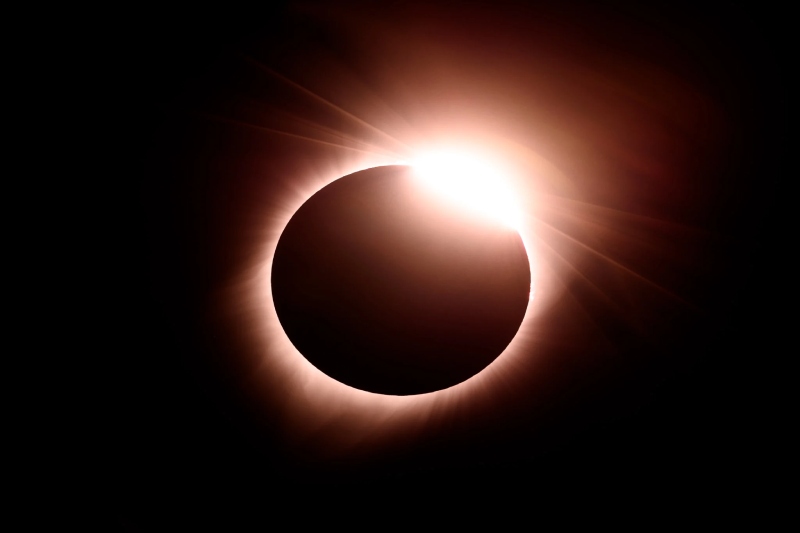How to Take Pictures of the Solar Eclipse

You wanted to know the best ways to record this historic occasion, whether you’re using a professional camera or just your phone, as your eclipse headquarters.
Being in the path of totality on April 8, Rochester will be ideally positioned to witness the eclipse. This means that for over four minutes, the moon will pass in front of the sun, bringing darkness to our region in the middle of the afternoon. This was the final time it occurred in 1925.
Filters and lenses are essential if you want to record the eclipse on your phone or camera. Solar filters, in particular, can shield you from the sun as you shoot.
Technology Director at the George Eastman Museum Damien Spader advised practicing beforehand to familiarize yourself with your camera and the various lenses and filters.
“If you have a DSLR or a mirrorless camera you are going to want at least a 300 mm telephoto lens that’s going to capture the sun, but also is going to leave enough of the frame for the corona as that begins to reveal itself and then obviously a solar filter, making sure you have a solar filter screwed on the front of the lens and from there you will be safe.”
“If you do have a camera without an electronic display, neutral density filters are not enough to protect our eyes as well,” he said. “So that UV radiation will still go back and hit your retina and still do some damage. The tricky part about that is that our eyes don’t have pain receptors, so whatever is happening back there we won’t know until it’s too late.”
It’s not safe to see through a pinhole, your fingers, or regular sunglasses.